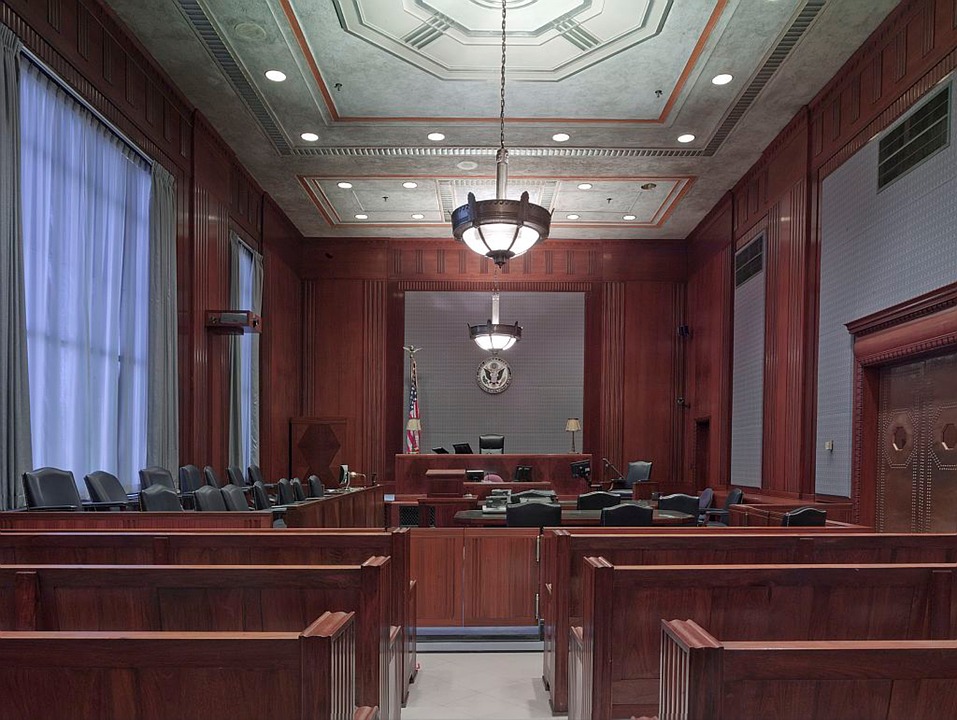MAJOR CHANGES IN THE DEFINITION OF KIDNAPPING MADE BY THE CALIFORNIA APPELLATE COURT
In People v. Taylor, the defendant was charged with robbery [PC § 211] and kidnapping for the purpose of committing robbery [PC § 209].
David Ho worked at a nail salon in Los Angeles and he went outside the nail salon to smoke a cigarette. He said that he always stood in a particular location to smoke; a place that was, on the one hand, illuminated by the salon’s interior lighting, but on the other was positioned so that the salon’s customers could not see him smoking. The location was near an alleyway that was not illuminated.
As Mr. Ho walked outside, Mr. Taylor passed him without saying anything, but Mr. Taylor circled back and confronted Mr. Ho. Mr. Taylor was armed with a gun. He ordered Mr. Ho to step back into the alleyway, which, according to Mr. Ho, was “three, four steps” backward: “a very short distance.” Once in the alley, Mr. Taylor demanded Mr. Ho’s wallet, which Mr. Ho readily relinquished.
The prosecution charged Mr. Taylor with committing California robbery, which was hardly a surprise, but they also charged him with committing California kidnapping. Their theory was that by directing Mr. Ho to step back 3-4 steps into the alley, Mr. Taylor had kidnapped Mr. Ho for the purpose of robbing him, which would carry a potential life sentence. Mr. Taylor was convicted of kidnapping and challenged his kidnapping conviction on the basis that the prosecution failed to prove its case.
CALIFORNIA APPELLATE COURT REVERSES KIDNAPPING CONVICTION
The California Court of Appeals began by discussing the history of kidnapping in California; going all the way back to 1872.
The Court discussed how in 1872, the law required a showing that the victim of the kidnapping was moved across state or county lines. The Court discussed how, in the 1950s, a pair of California Supreme Court decisions substantially loosened the requirements for kidnapping. After these decisions, the law allowed a defendant to be convicted of kidnapping if a victim was moved any distance at all; no matter how short the distance or for what purpose. Dissenting justices in those cases noted that the change in the law now allowed a prosecutor to wield “sole and arbitrary power” over whether a person is given a few years’ imprisonment for robbery, or life in prison for kidnapping for robbery.
Those dissenting justices ended up being correct, and, in 1969, in another case, the California Supreme Court pointed out all of the improper prosecutions for kidnapping that its prior decisions had allowed to occur and tightened up the kidnapping rule to draw a distinction between robbery and kidnapping for robbery.
The settled law now requires that the prosecution prove 2 elements to show that a California criminal defendant committed kidnapping for robbery. Those elements are:
- The defendant moved the victim beyond movement “merely incidental” to the robbery; and
- The movement must increase the victim’s risk of harm” beyond that necessarily present in the crime of robbery.
The Court noted that both requirements, while interrelated, are unique and essential and that, as such, Mr. Taylor was not guilty of kidnapping for robbery because his movement of Mr. Ho was “merely incidental” to the crime of robbery. That is even if it can be argued that Mr. Taylor increased the risk of harm to Mr. Ho by backing him into a dark alley, that facto does not make up for the lack of proof on element 1.
The Court concluded that the “law is not always simply logical and commonsensical, but here it is” and that “the average Californian would be surprised to hear four steps backwards could be kidnapping. Mr. Taylor’s kidnapping conviction was reversed.
CRIMINAL DEFENSE ATTORNEY WALLIN & KLARICH IS HERE TO HELP YOU
If you or a loved one has been charged with kidnapping, you should act quickly and retain the services of an experienced criminal defense attorney. At Wallin & Klarich, we have over 40 years of experience in helping clients defend their freedom when accused of kidnapping. We will work tirelessly and use all of our legal skills and knowledge to help you achieve the best possible outcome in your case. Let our skilled attorneys and legal professionals help you today.
With offices in Orange County, Riverside, San Bernardino, Los Angeles, San Diego, West Covina, Torrance, and Victorville, there is an experienced and skilled Wallin & Klarich juvenile defense attorney available to help you no matter where you are located.
Contact our offices today at (877) 4-NO-JAIL or (877) 466-5245 for a free, no-obligation phone consultation. We will get through this together.




